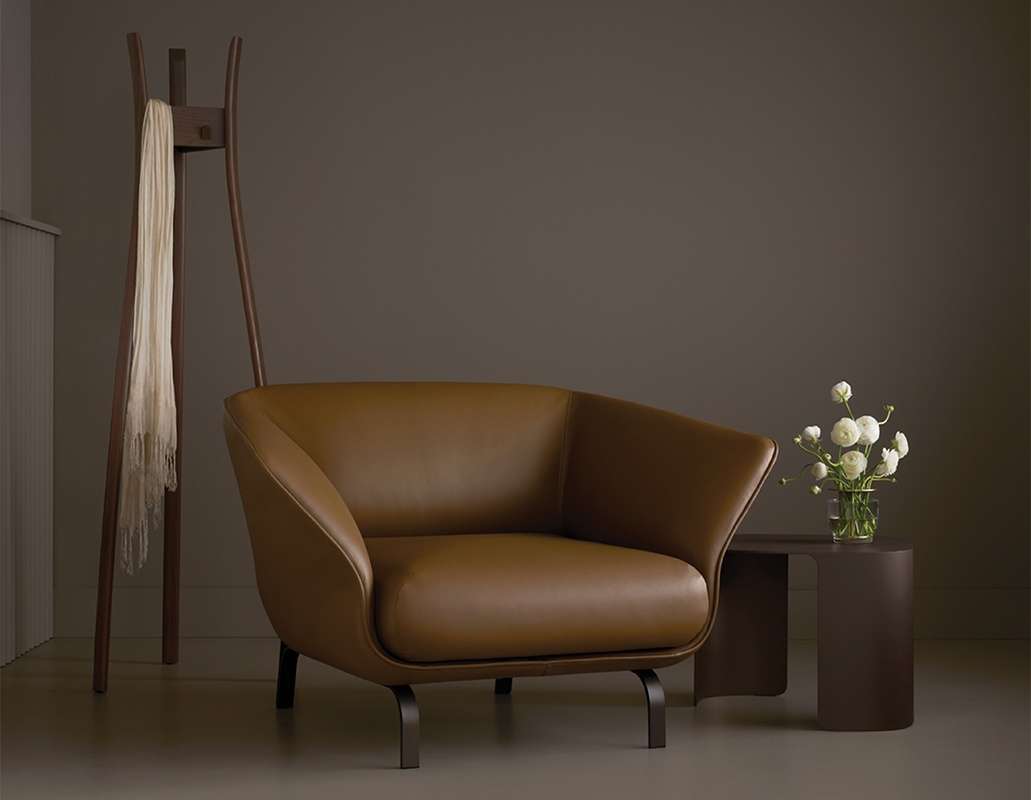Introduction to Seating Comfort
- Definition of comfortable seating: Comfortable seating is crucial for ensuring a pleasant experience whether it’s in a home, office, or public space. The comfort of a seat is determined by various factors including its dimensions, material, and design.
- Importance of proper seating dimensions: Proper seating dimensions are essential for preventing discomfort and potential health issues such as back pain and posture problems. They also contribute to the overall aesthetic and functionality of the space.
- Factors influencing seating comfort: Apart from dimensions, other factors like material, ergonomics, and individual preferences also play a significant role in determining the comfort level of seating.
Standard Seat Dimensions
- Seat Width: A standard seat width ranges between 16 to 20 inches. The width can be tapered 2-3 inches from front to back, providing more legroom at the front and more elbow room at the back
- Seat Height: Seats are typically required to be between 16 to 20 inches tall (40.6 cm – 50.8 cm) to ensure a comfortable seating position. The height allows for a comfortable foot position on the floor while seated
- Seat Depth: The depth of the seat is crucial for providing adequate support to the user’s back and thighs. A comfortable seat depth ranges between 16 to 18 inches
- Backrest Height: The backrest height ranges between 16 to 20 inches, offering adequate support to the back, especially the lumbar region
- Armrest Height: If armrests are used, they should be 7 to 9 inches above the seat, enabling a comfortable arm position while seated
- Other Considerations: Chairs for specific uses like dining or lounging may have different standard dimensions to cater to the intended comfort and functionality
Dimensions for Different Types of Seating
- Dining Chair:
- Seat Height: 18″ to 20″ (45.72 cm to 50.8 cm)
- Seat Width: 15-1/2″ (rear), 18″ (front) (39.37 cm (rear), 45.72 cm (front))
- Seat Depth: 16″ to 18″ (40.64 cm to 45.72 cm)
- Backrest Height: 16″ to 20″ (40.64 cm to 50.8 cm)
- Armrest Height: 7″ to 9″ (17.78 cm to 22.86 cm)1.
- Office Chair:
- Adjustable Seat Height: 15″ to 22″ (38.1 cm to 55.88 cm)
- Seat Width: 17″ to 20″ (43.18 cm to 50.8 cm)
- Seat Depth: 15″ to 20″ (38.1 cm to 50.8 cm)
- Backrest Height: Varies, often adjustable
- Armrest Height: Adjustable
- Lounge Chair:
- Seat Height: 12″ to 16″ (30.48 cm to 40.64 cm)
- Seat Width: 20″ to 30″ (50.8 cm to 76.2 cm)
- Seat Depth: 30″ to 35″ (76.2 cm to 88.9 cm)
- Backrest Height: 24″ to 30″ (60.96 cm to 76.2 cm)
- Armrest Height: Varies
Measurements for Specialized Seating
- Bar Stool:
- Seat Height: 28″ to 32″ (71.12 cm to 81.28 cm)
- Seat Width: 15″ to 17″ (38.1 cm to 43.18 cm)
- Seat Depth: 15″ (38.1 cm)
- Backrest Height: Varies
- Armrest Height: Varies
- Theater Seating:
- Seat Height: 17″ to 19″ (43.18 cm to 48.26 cm)
- Seat Width: 19″ to 22″ (48.26 cm to 55.88 cm)
- Seat Depth: 19″ to 22″ (48.26 cm to 55.88 cm)
- Backrest Height: 22″ to 24″ (55.88 cm to 60.96 cm)
- Armrest Height: 9″ to 12″ (22.86 cm to 30.48 cm)
- Children’s Chair:
- Seat Height: 10″ to 14″ (25.4 cm to 35.56 cm)
- Seat Width: 12″ to 14″ (30.48 cm to 35.56 cm)
- Seat Depth: 12″ to 14″ (30.48 cm to 35.56 cm)
- Backrest Height: 12″ (30.48 cm)
- Armrest Height: 5″ to 7″ (12.7 cm to 17.78 cm)
Ergonomics and Movement
Understanding the ergonomics of seating is crucial for architects and designers. It’s not just about creating a chair; it’s about creating an experience. The tilt, swivel, and recline features allow for a dynamic interaction with the user, promoting comfort and flexibility. The way a chair moves can significantly impact a user’s comfort and the overall aesthetic of the space.
Delving into the intricacies of seating design, this guide unfolds the harmony between ergonomics, aesthetic appeal, and functionality. From precise dimensions to sustainable practices, it explores how each design decision shapes not only the chair but the spatial narrative, offering architects a lens through which they can envision chairs as more than mere furnishings, but as dialogues between form and space.
Materiality and Aesthetics
The choice of materials is a testament to an architect’s vision and the functionality of the chair. Materials like wood, metal, or upholstered fabric each tell a different story. They can evoke a sense of tradition, modernity, or luxury. Moreover, the finish, color, and texture play a vital role in defining the chair’s aesthetic and how it complements the architectural narrative.
Sustainability in Seating Design
Sustainability is no longer a choice but a necessity in modern architectural practices. The sourcing of materials, the manufacturing process, and the lifecycle of the chair, all come under scrutiny. Architects and designers are now leaning towards using recycled or upcycled materials, ensuring a lesser environmental footprint. Innovative designs aim not only for aesthetic appeal but also for a long-lasting, sustainable seating solution.
https://injarch.com/featured_item/ibra-chair/


 العربية
العربية